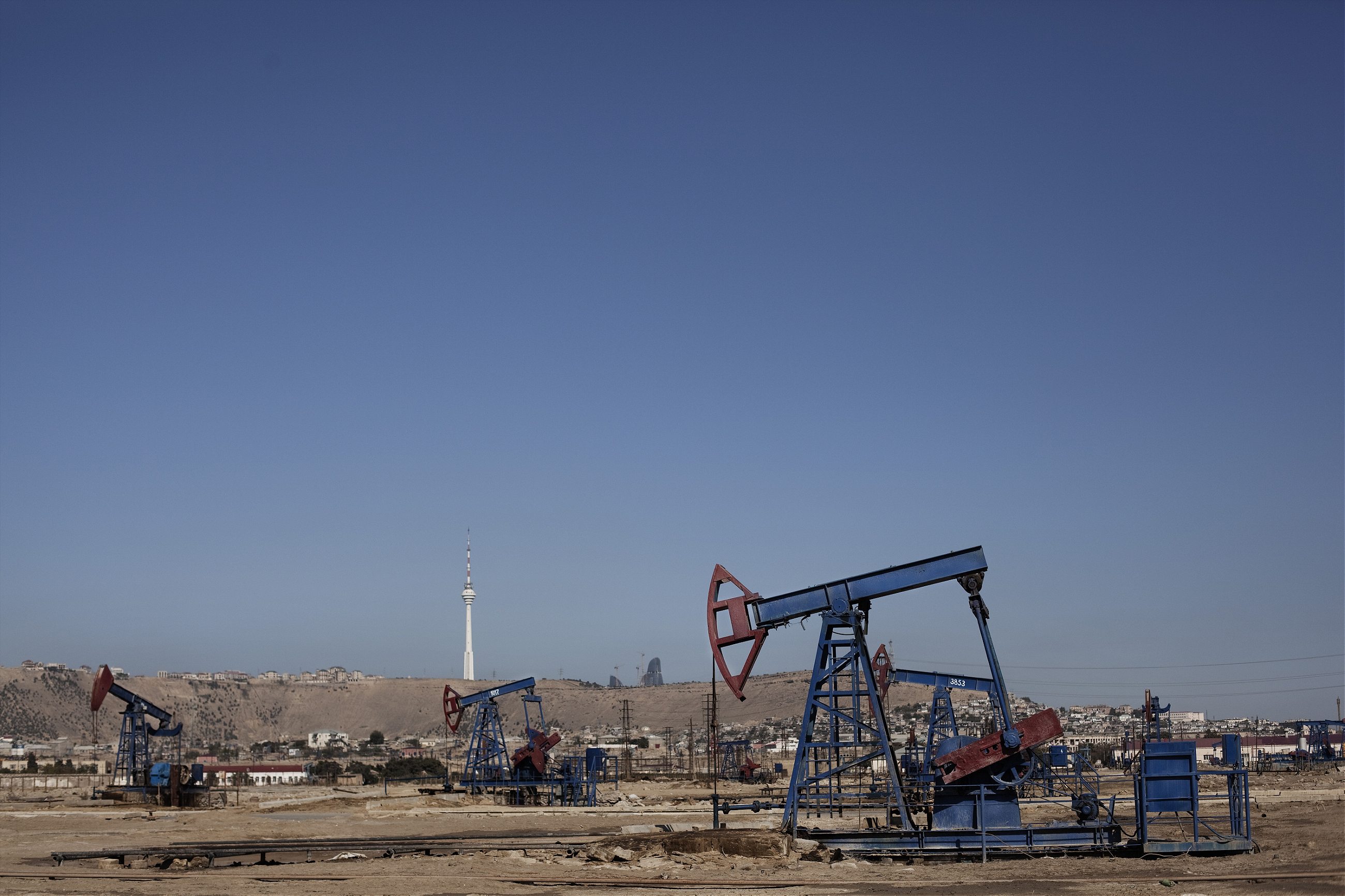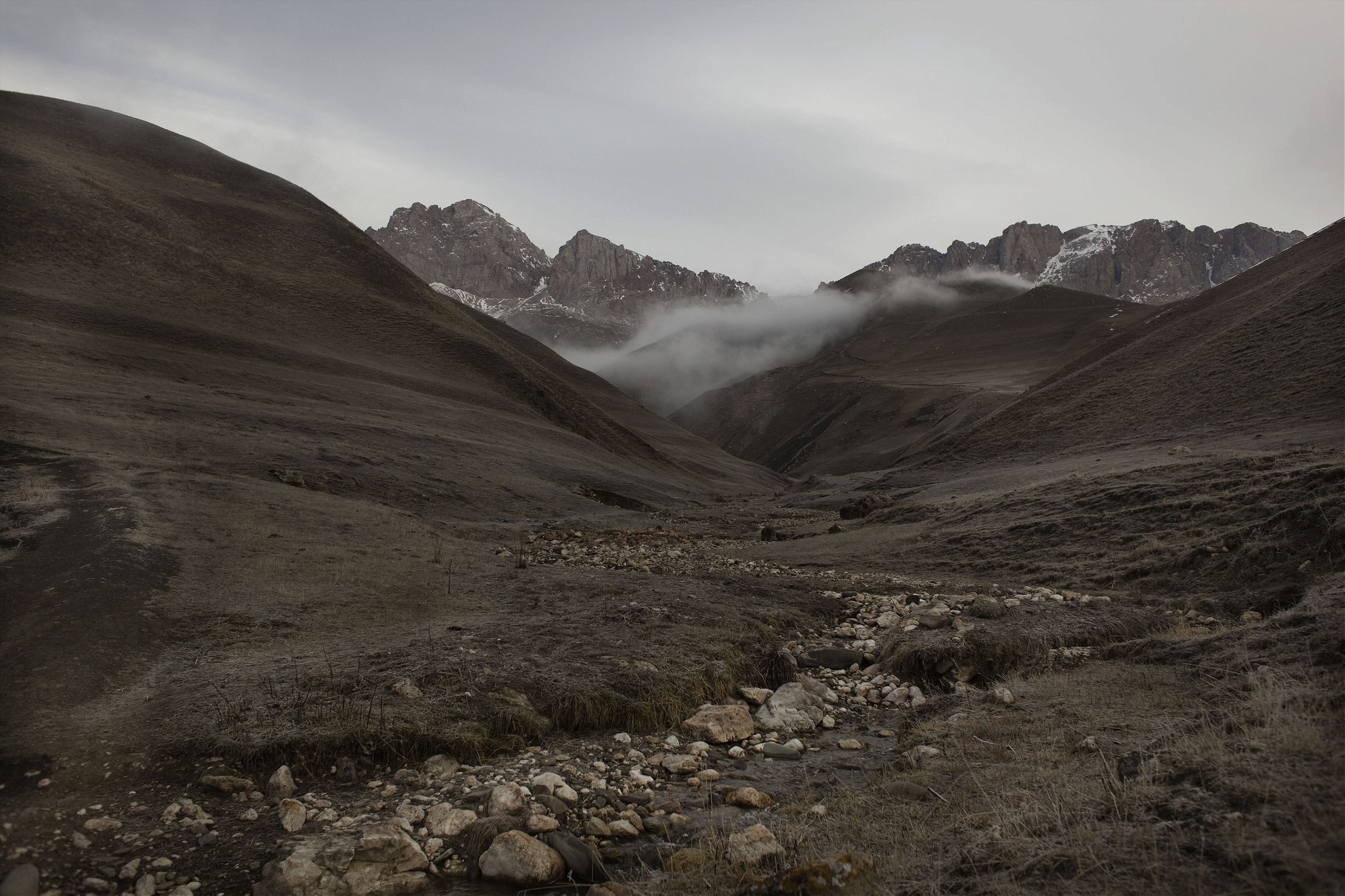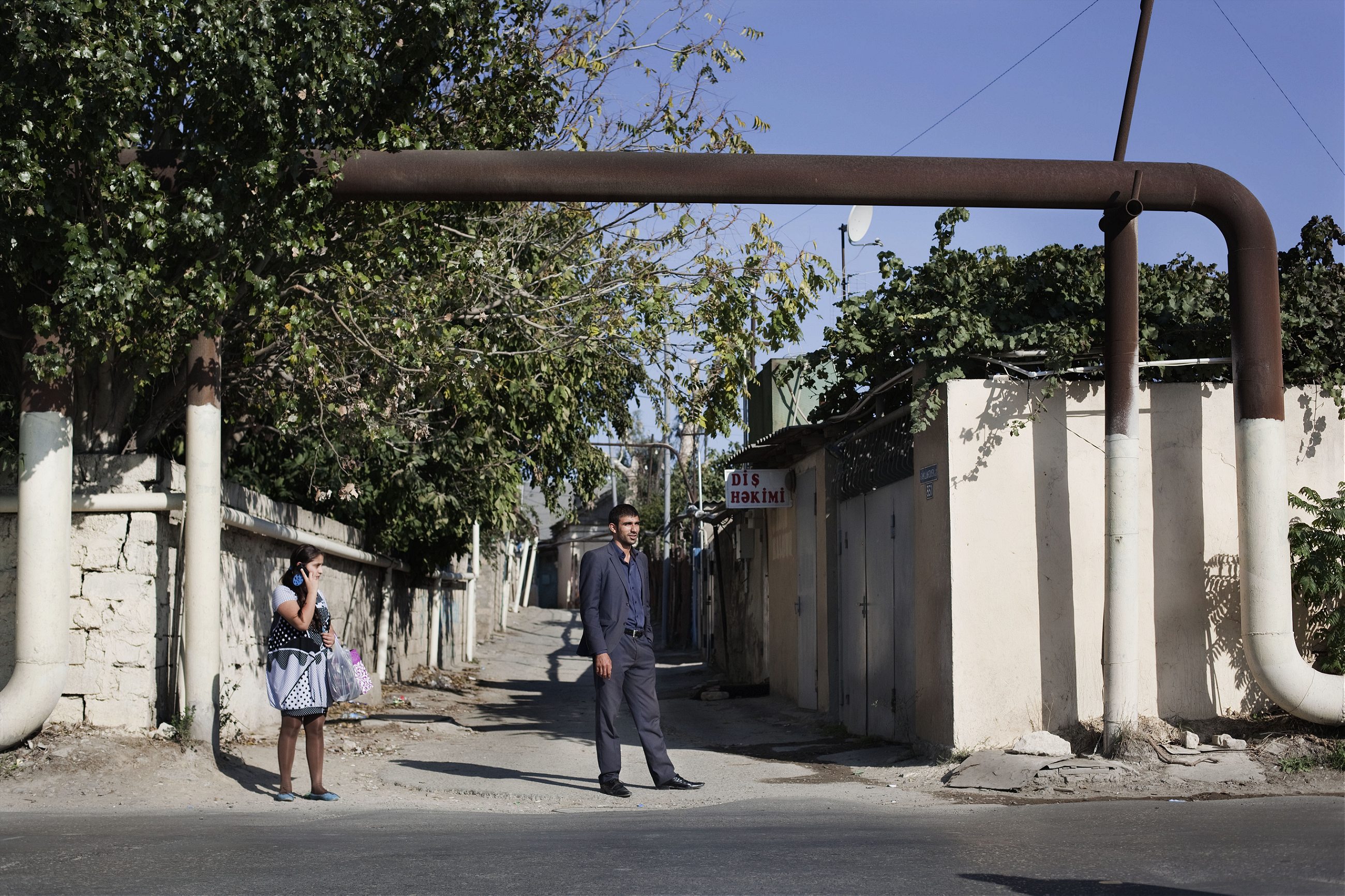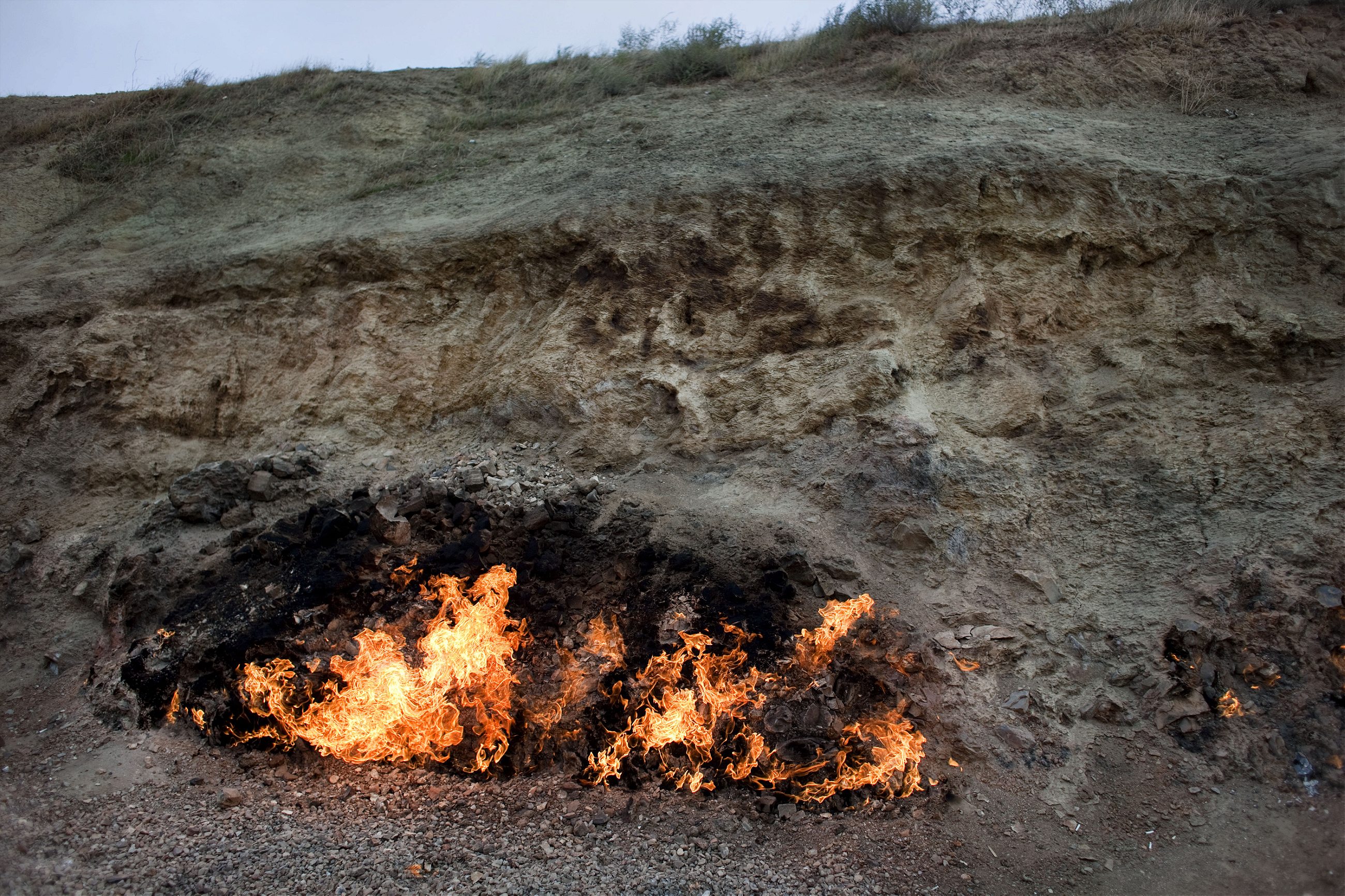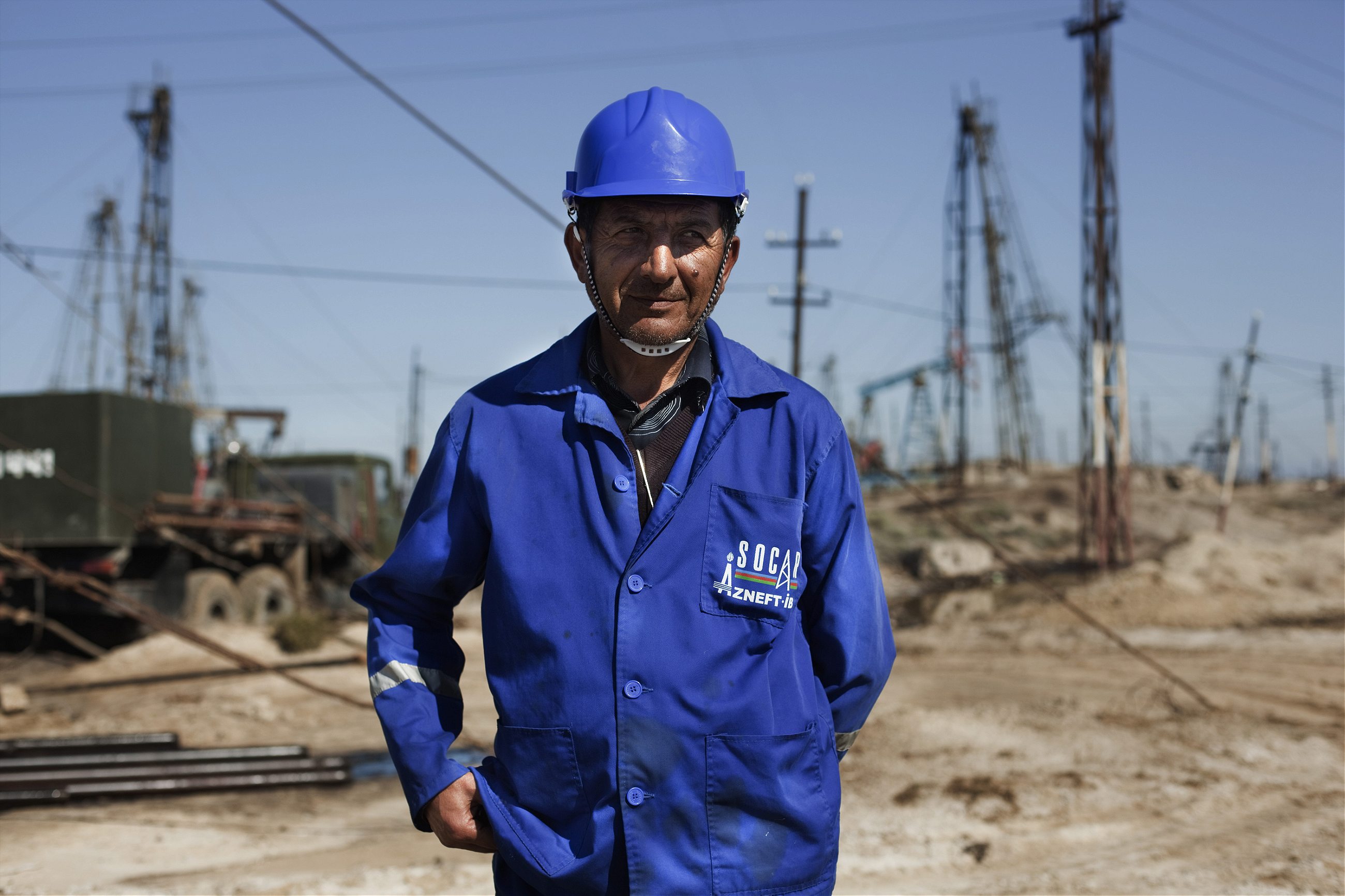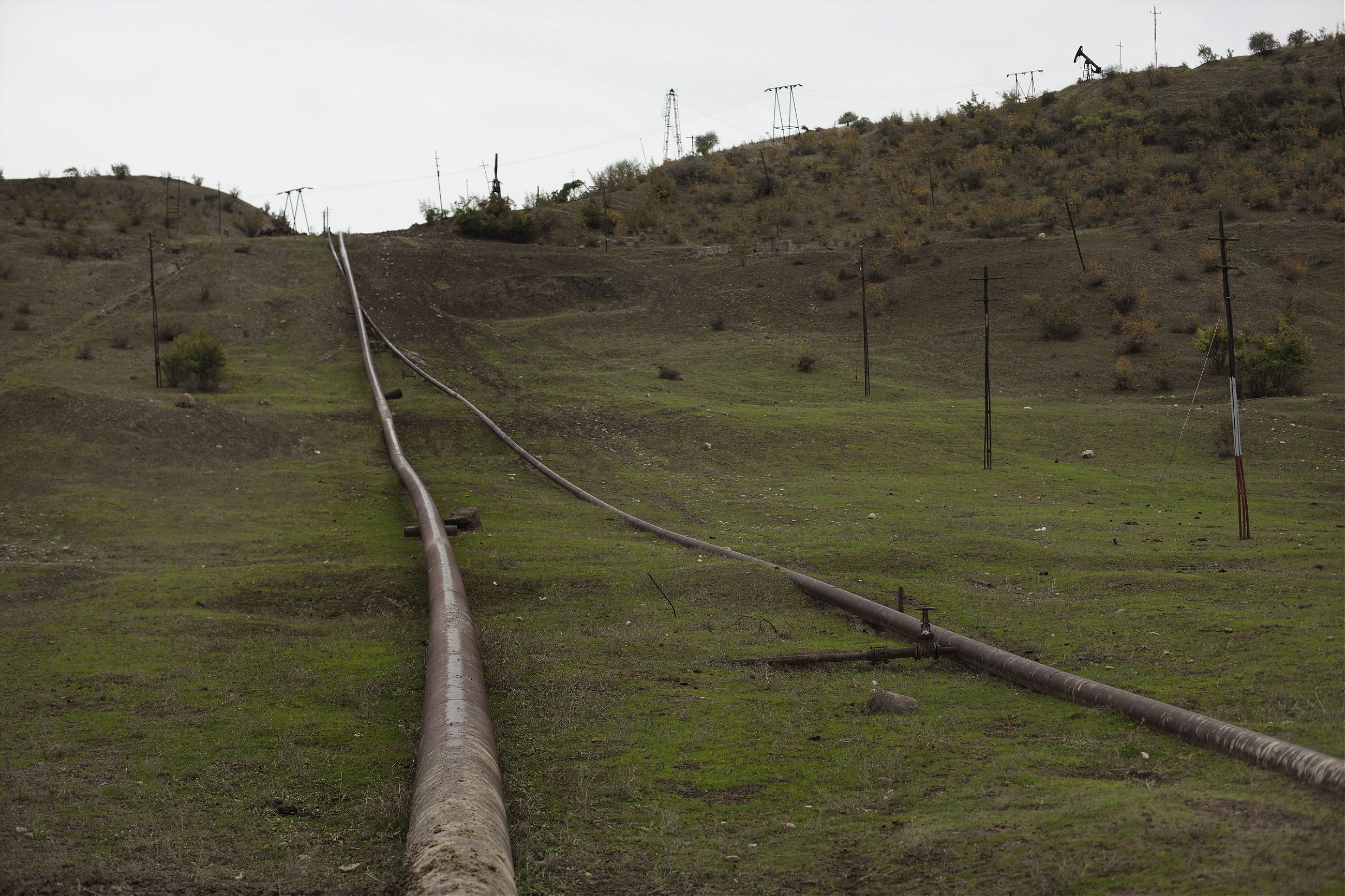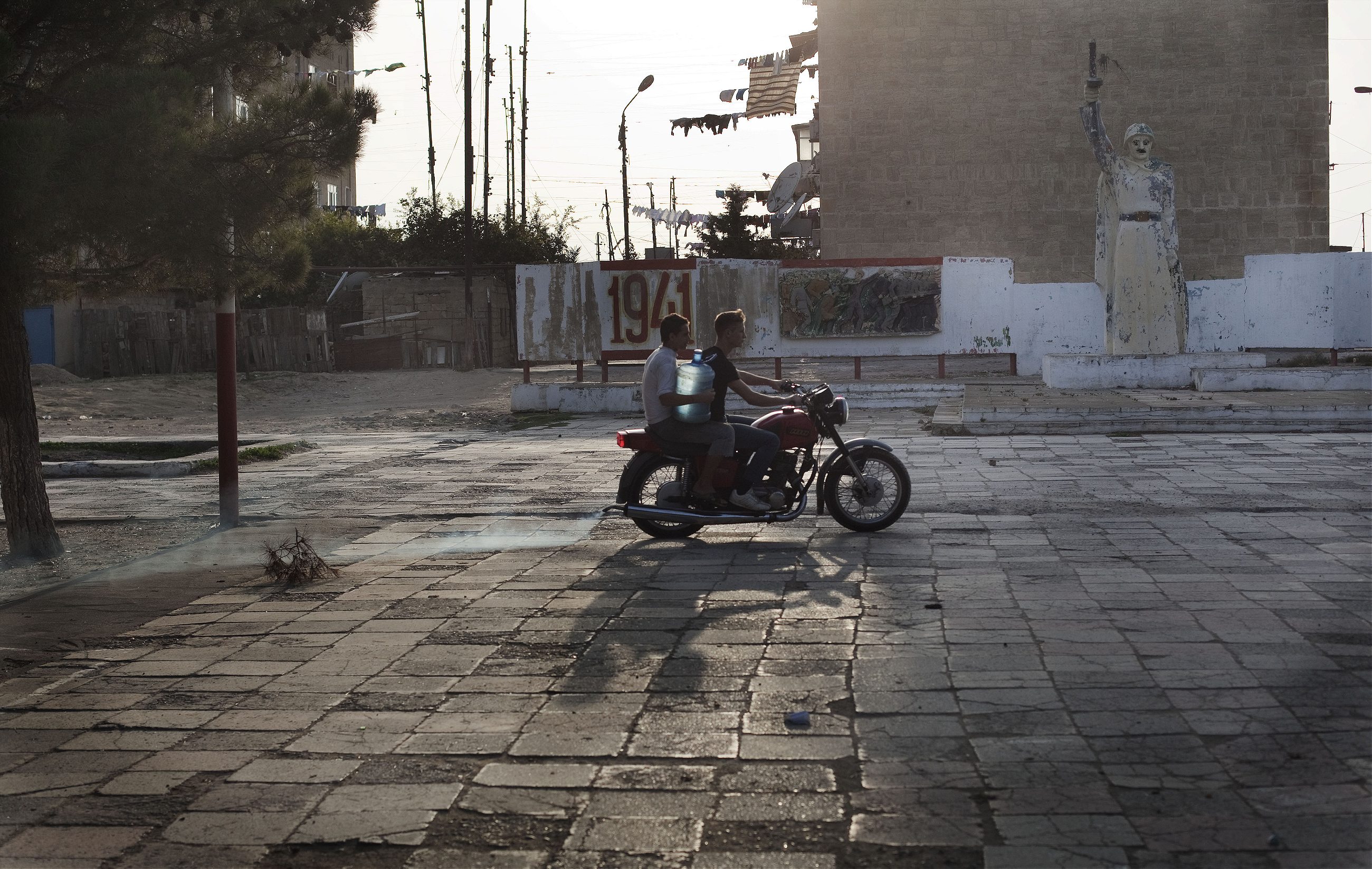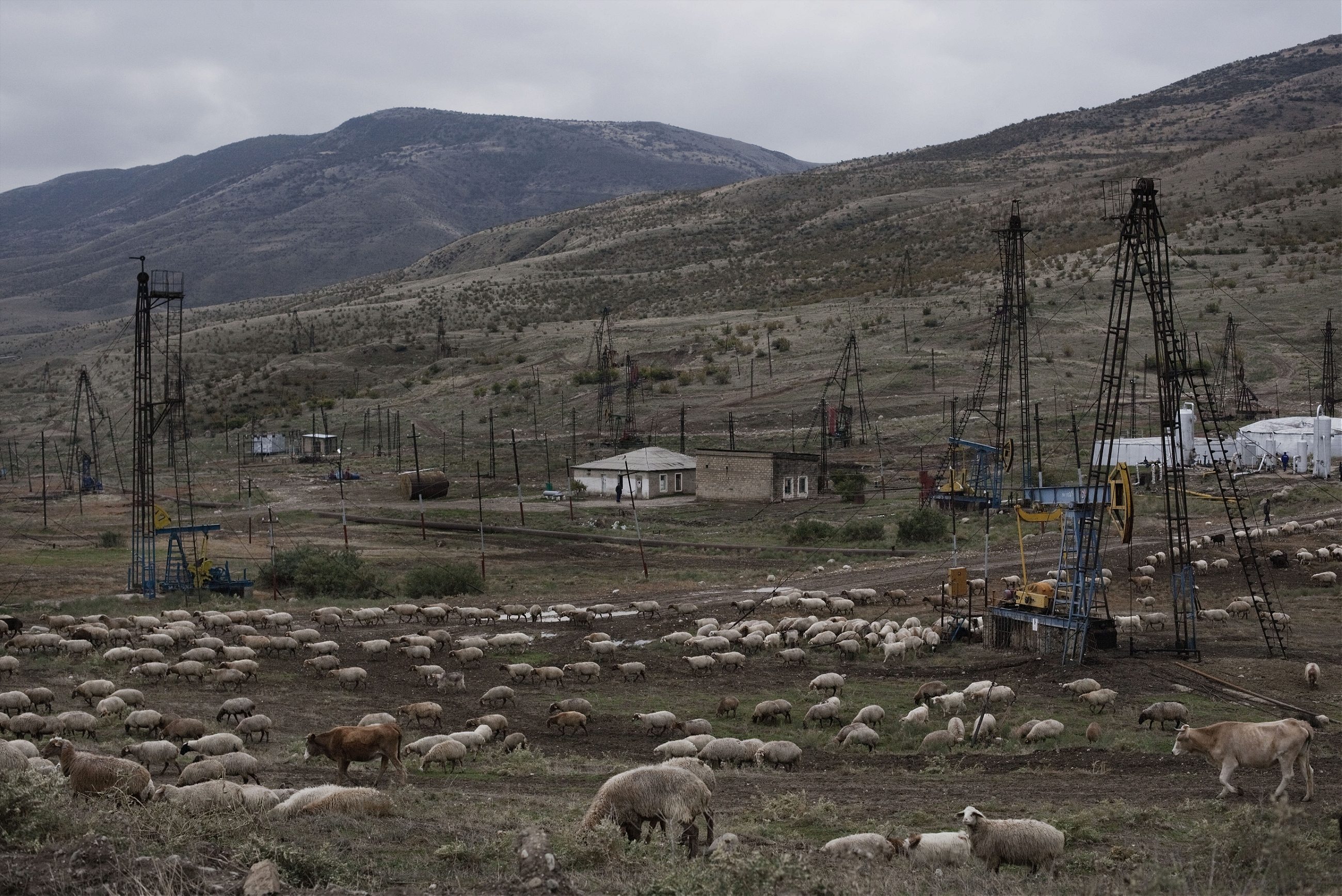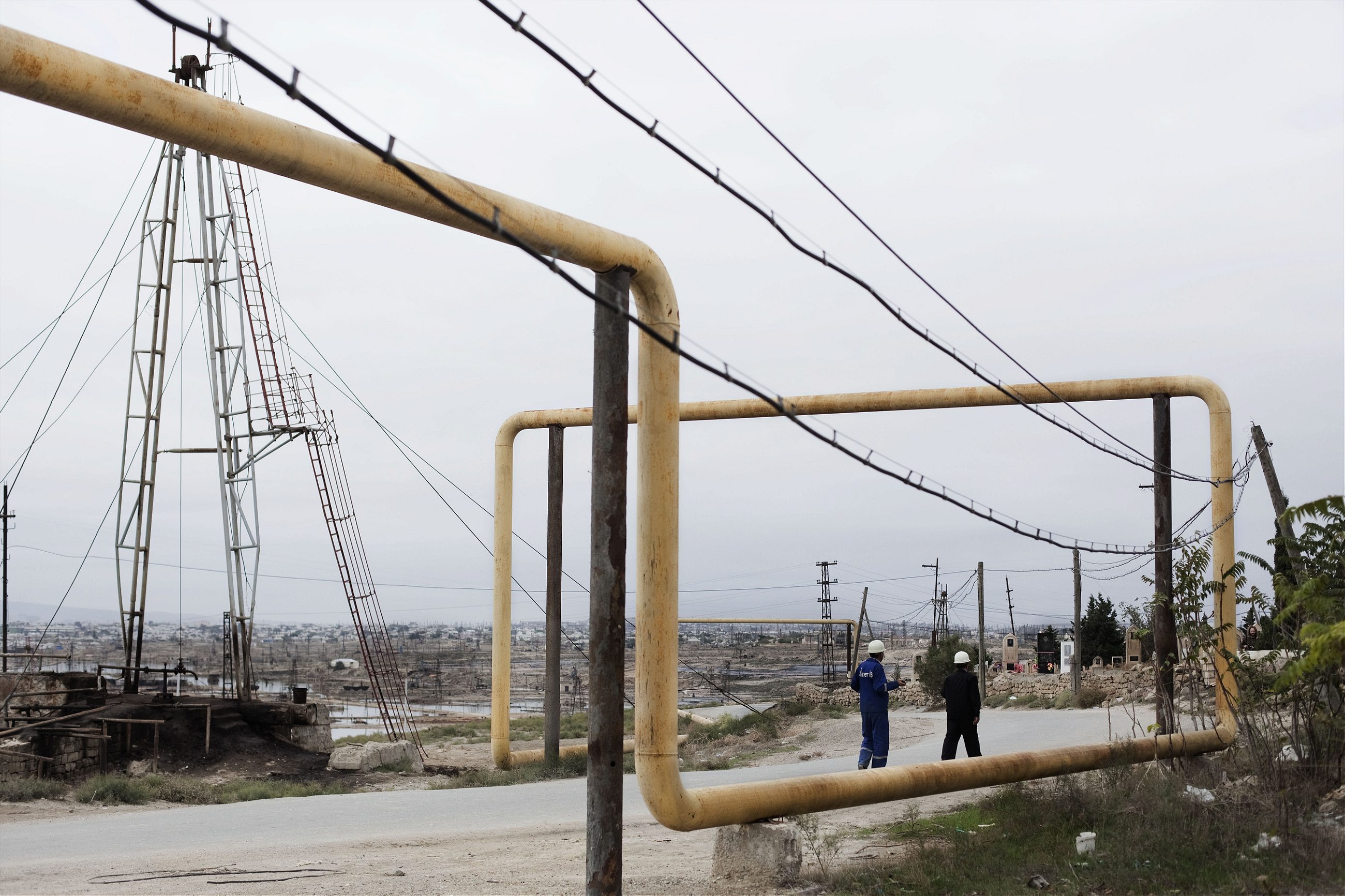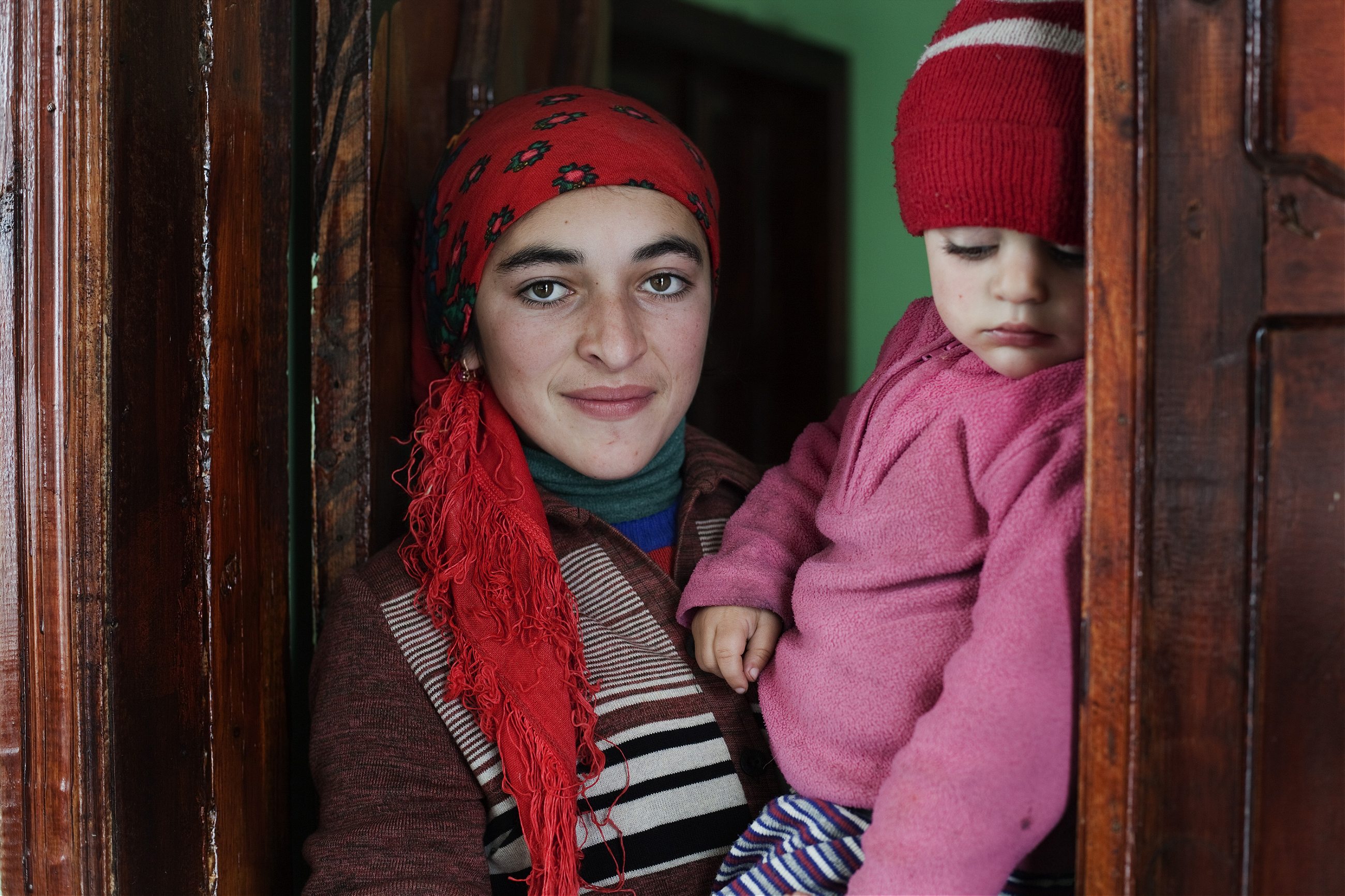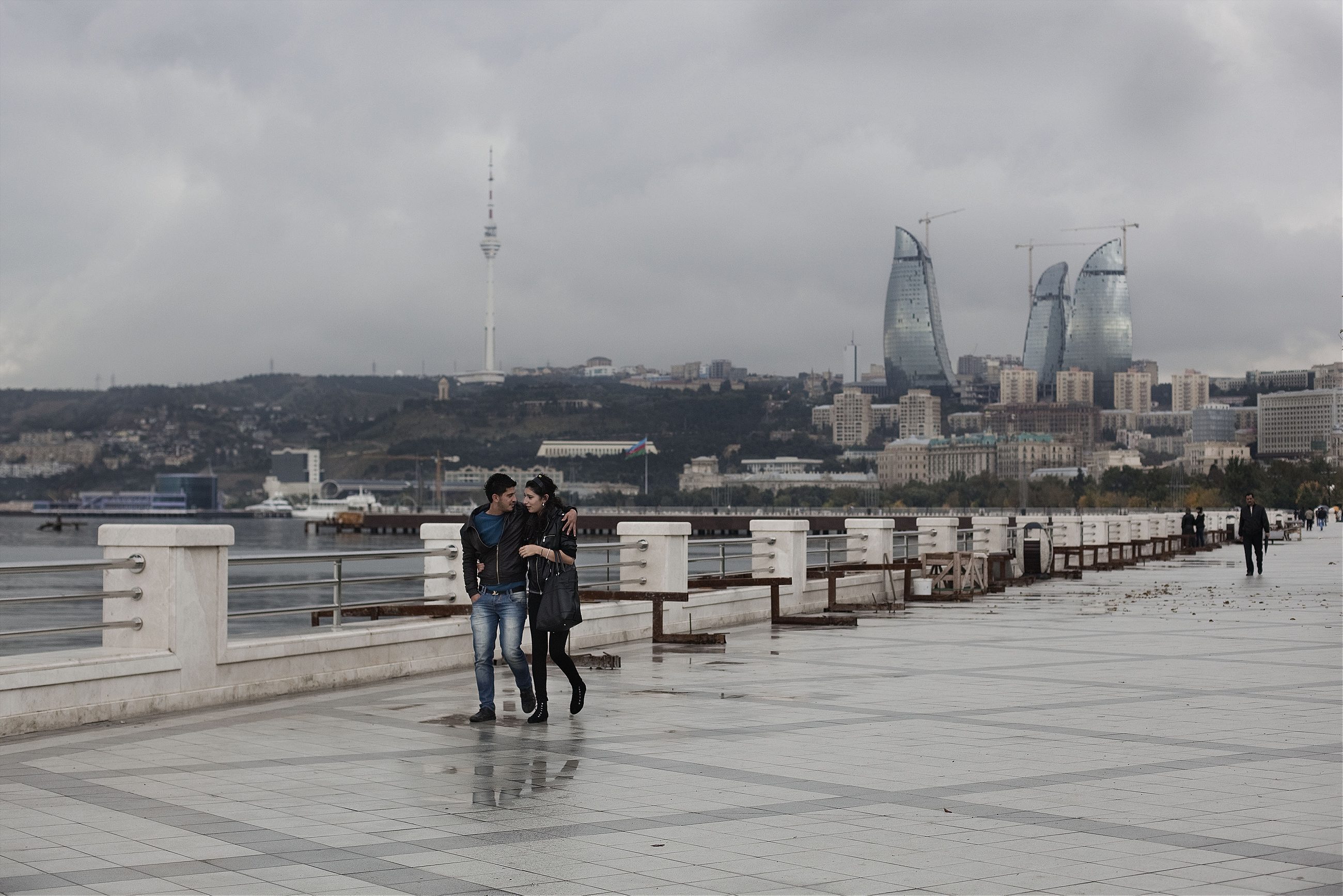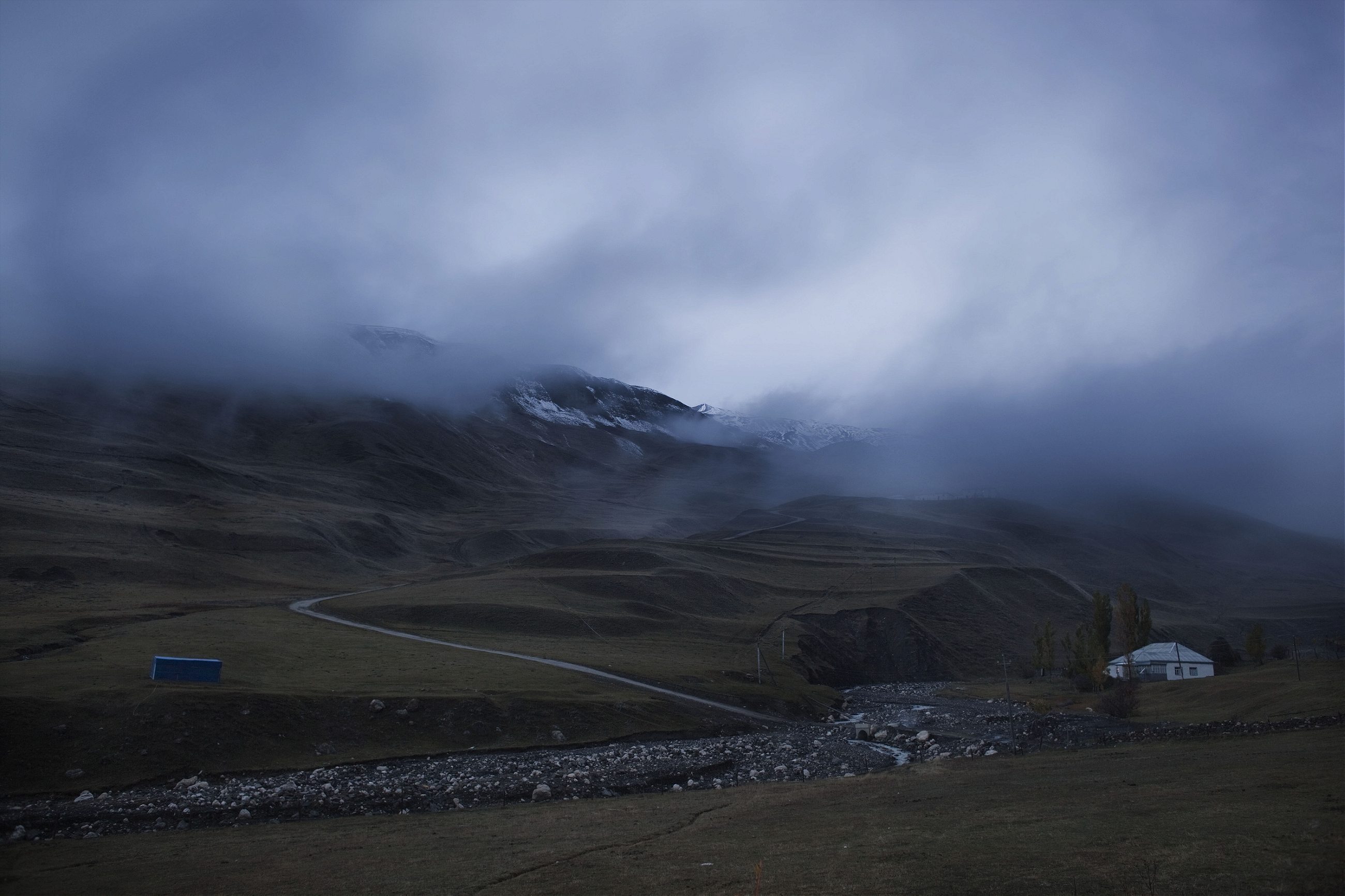In the depth of Azerbaijan’s earth boils a holy fire that has shaped the country’s history and people for millennia.
In the depths of Azeri earth boils a holy fire that has shaped the country’s history and people for millennia. There are sacred sites, where flames spontaneously erupt as natural gas emerges from the ground. Some are tourist sites, like Suraxani, but others are hidden among the Caucasian mountains, in the north of the land, near the village of Xinaliq. Fire has been dancing in ancient sanctuaries, called ateshgah, since Zoroastrian times. Today, shepherds know which paths to take along the mountains to find the fire that will warm up their feet.
There are silvery landscapes where the earth, hot and dry, throws up little volcanoes of mud. In Gobustan, they explode with great force shooting flames hundreds of feet into the sky. A 25-minute drive from the Azeri capital, the “Burning Mountain” of Yanar Dag has been erupting for as long as anyone can remember. Flames shoot up 10 feet in the air and a wall of fire continuously burns along the edge of the hill.
Modernization is changing the face of Azerbaijan, but it remains aptly called Odlar Yurdu (Azeri for “land of fires”). In Baku and the rest of the Peninsula of Absheron, infinite pipelines crisscross the country, framing landscapes and people like paintings. Modern skyscrapers in the shape of flames have erupted in the capital, wide forests of oil fields extend in the land. As the world above transforms, the link between Azerbaijan and fire is still indissoluble.
